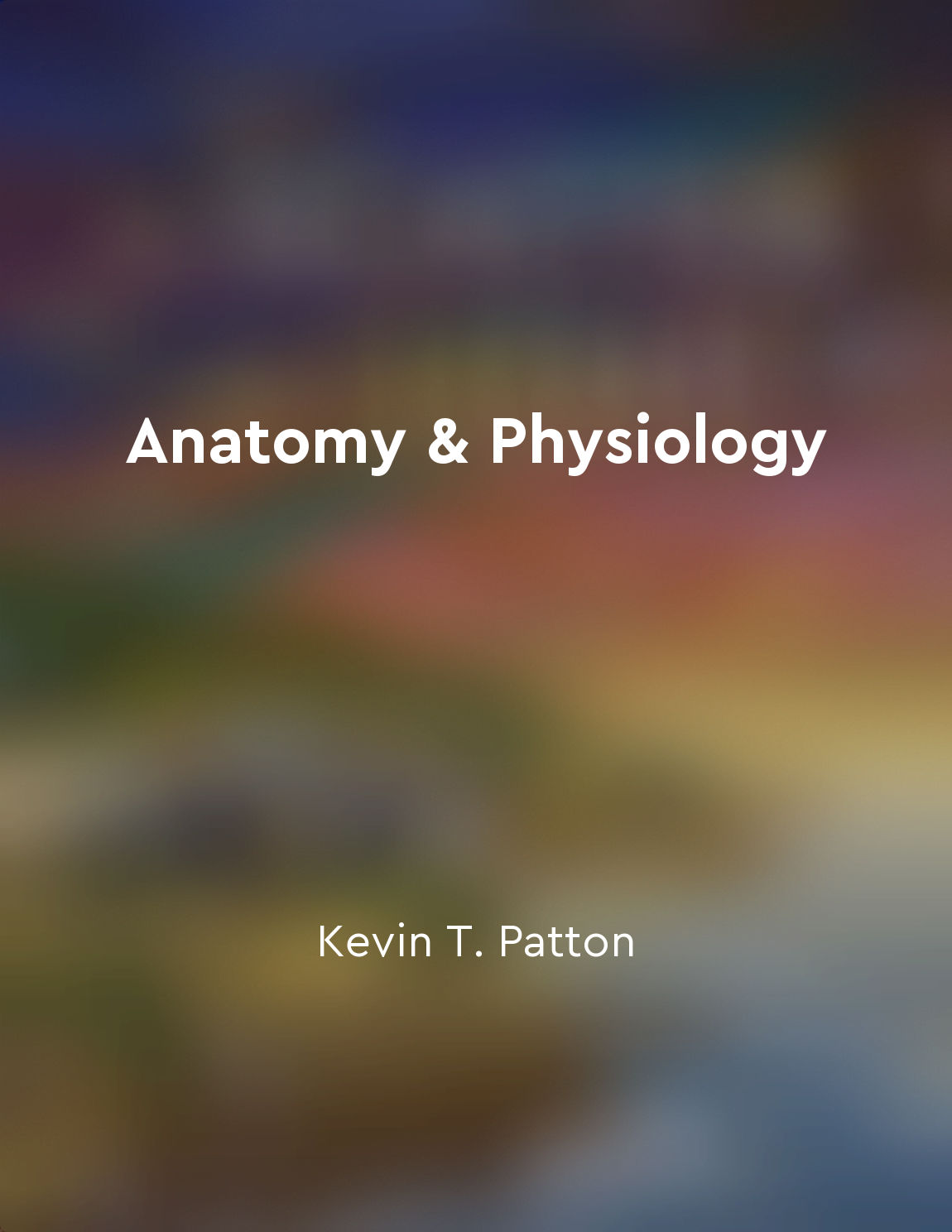Energy is transferred in living organisms through various metabolic pathways from "summary" of NCERT Solutions - Biology for Class 12th by Dr. Madhurbhashini,Sargam Hans,Shanya Hans
Living organisms rely on various metabolic pathways to transfer energy within their bodies. These pathways involve complex biochemical reactions that convert nutrients into usable energy for different cellular functions. One of the key pathways involved in energy transfer is cellular respiration, which occurs in both plants and animals. In cellular respiration, glucose is broken down in the presence of oxygen to produce ATP, which is the primary energy currency in cells. This process involves multiple steps, including glycolysis, the citric acid cycle, and the electron transport chain. Each step in the pathway releases energy that is used to generate ATP molecules. Another important metabolic pathway for energy transfer is photosynthesis, which is unique to plants and some bacteria. In photosynthesis, plants use sunlight to convert carbon dioxide and water into glucose and oxygen. This process occurs in chloroplasts and is crucial for providing energy to the plant and producing oxygen as a byproduct. In addition to cellular respiration and photosynthesis, organisms also rely on other metabolic pathways to transfer energy. For example, plants store excess glucose as starch or cellulose, which can be broken down later to release energy. Animals store energy in the form of glycogen in their muscles and liver, which can be broken down when needed.- The transfer of energy through various metabolic pathways is essential for the survival of living organisms. These pathways ensure that cells have a constant supply of energy to carry out essential functions such as growth, reproduction, and maintenance. By understanding these pathways, scientists can develop new ways to improve energy efficiency and address challenges related to energy production and consumption.
Similar Posts

Telomeres are protective caps on the ends of chromosomes
Telomeres are like the plastic tips at the ends of shoelaces, helping to protect our DNA from damage. Just as those tips preven...

Muscles work in tandem with bones to facilitate movement
The interaction between muscles and bones is essential for movement within the human body. Muscles are connected to bones throu...
Earth's crust is made of tectonic plates
The Earth's crust is not a solid, unchanging mass, but a jigsaw puzzle of gigantic plates that are in constant motion. These pl...
Embracing biomimicry means valuing diversity
To truly embrace biomimicry is to recognize and honor the incredible diversity found in the natural world. Nature is a vast lib...

Microbiology examines microscopic organisms
Microbiology is a branch of science that deals with the study of microscopic organisms. These organisms are so tiny that they c...

Forests are intricate and interconnected networks
In the forest, everything is connected. The trees communicate through intricate networks, sharing resources and information in ...
The periodic table arranges elements based on their properties
The periodic table is a tool that organizes all known elements based on their properties. This arrangement allows scientists to...
Chemical agriculture has disrupted the balance of soil microbes
Chemical agriculture, with its reliance on synthetic fertilizers and pesticides, has had a profound impact on the balance of so...
The Earth's climate is also influenced by external factors, such as volcanic eruptions and solar variations
The Earth's climate is a complex system that can be influenced by a variety of external factors. One of these factors is volcan...

Genetics plays a significant role in inherited traits
The inheritance of traits from parents to offspring is a fundamental aspect of biology. This passing down of characteristics is...

